Inside one of Scotland's greatest photo albums
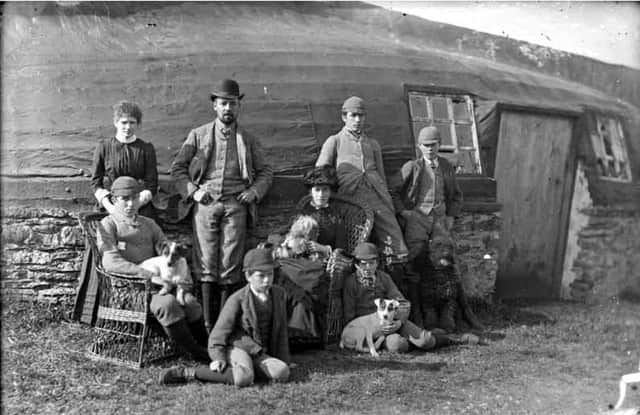

The treasures of the Johnston Collection, created by a family of photographers based in Wick, Caithness, will be illuminated in a new BBC Alba documentary about the remarkable archive built up over three generations.
The photography business ran from 1850 to 1976 with the Johnston family capturing the Helmsdale Gold Rush, the herring industry and the young men of the Highlands before they left for the trenches of World War One.
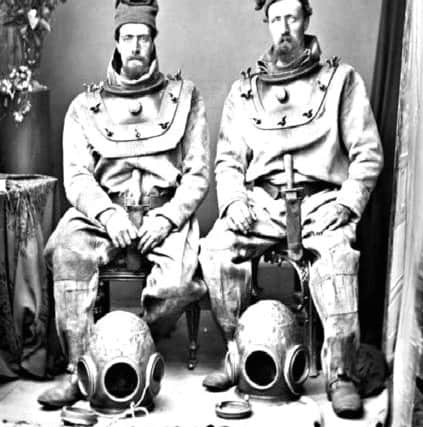

Advertisement
Hide AdAgriculture, trades, customs, sports, weddings and people of Caithness and Sutherland were also documented over the decades.
A large part of their business was family photographs with the studio shots capturing the changing tastes and fashions over time.
Ian Leith, chairman of The Wick Society, which now holds the archive, said: “From our point of view, the archive is a unique pictorial social history because it covers almost 150 years and was built up by one family.
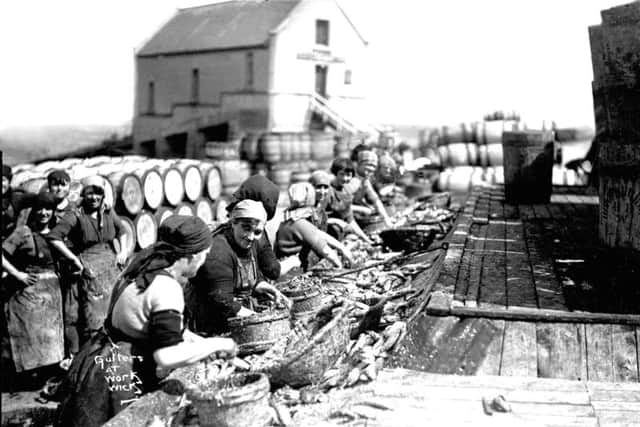

“The original Alexander Johnston set up the business and his son took it over from him and then his son took it over after that.
“The family ran a commercial photography business - they didn’t need to photograph anything else but I feel that they understood that they could capture the heritage of the area.
“They had the foresight to go out an about and in the early days had a hand cart to move all their equipment about.”
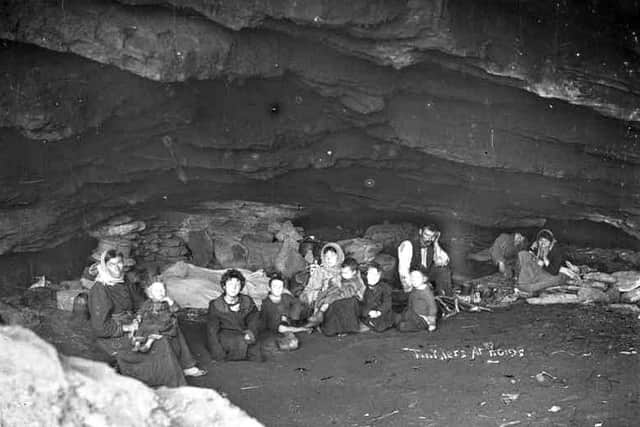

Advertisement
Hide AdIt took Alexander Johnston, who originally moved to the area to work as a plumber, four days travelling by horse and cart to reach Helmsdale to photograph the men who landed in the area for the gold rush in the late 1860s.
More than 160 years after Alexander Johnston took his first photograph, people still pour over the archive which now has a worldwide audience after volunteers cleaned up and digitised 50,000 glass negatives donated to the society by the family.
Advertisement
Hide Ad“People are using the archive in so many different way, whether they be doing family research or researching the history of fashion and how people lived,” Mr Leith added.
Alexander Johnston, born in 1839, was the son of an Edinburgh man who arrived in the north for work and then met and married a local girl.
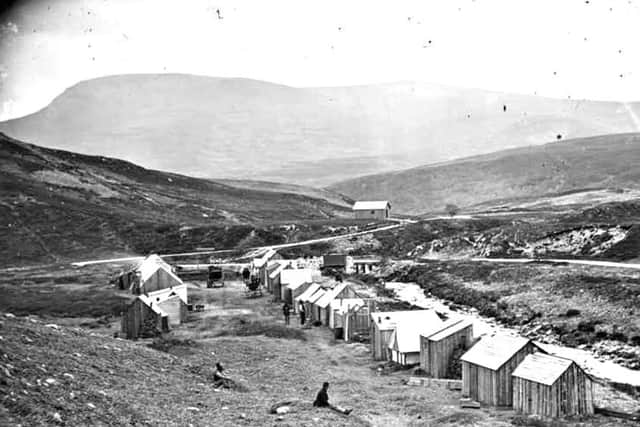

Photography was his hobby and – only 20 years after Hill and Adamson launched the art form in Scotland – he set up as a professional photographer in the town.
Alexander was joined in the business by his son, William. They opened a second office, in Thurso, and by WW1 had taken tens of thousands of photographs. William took over the business, and he in turn was succeeded by his son, Alexander, who ran the business until 1976.
Cheap cameras and digital photography ended the era of local photography businesses, but a group of Wick enthusiasts – aware of the uniqueness of the Johnston Collection – took over the archive and built a Heritage Centre where the photographs could be preserved and displayed.
The Centre also has on display Alexander Johnston’s original portrait backdrop ‘sets’ and his cameras. Some of these are still in working order.
Advertisement
Hide AdMr Leith added: “There is always new stuff turning up for our collection. One of our big pushes at the society is to do more research on the photographs and to identify who is in them. We also want to look at where some of them were taken.
“Great credit must go to the team here who have taken on the archive and stuck with it. Nobody has been paid to do that.
“It really has been a labour of love.”
Linn de Dhealbhan/The Johnston Collection will air on BBC Alba on Wednesday, December 20 at 9pm.